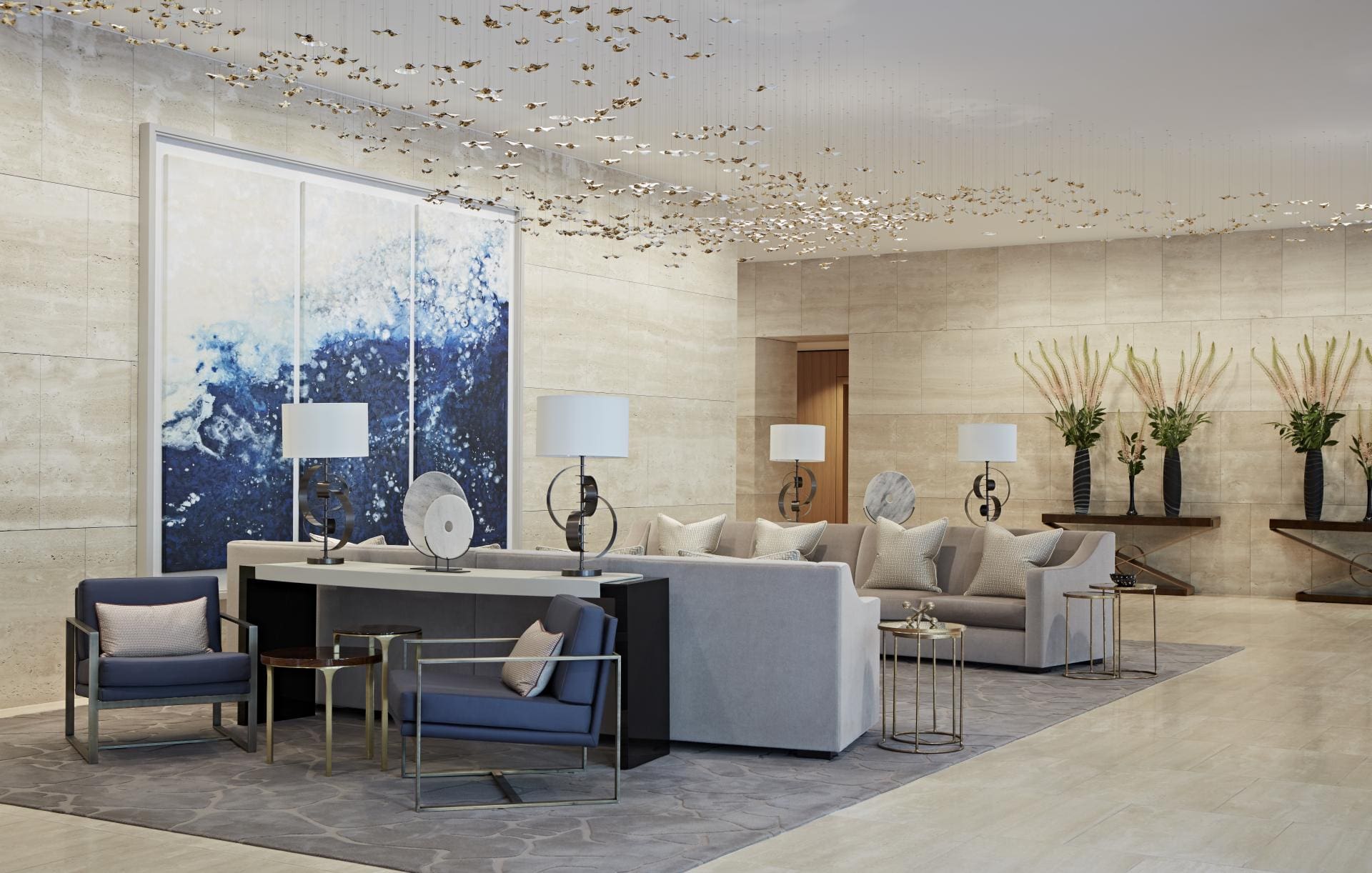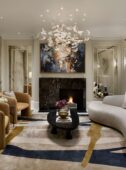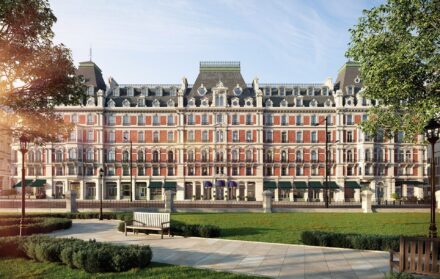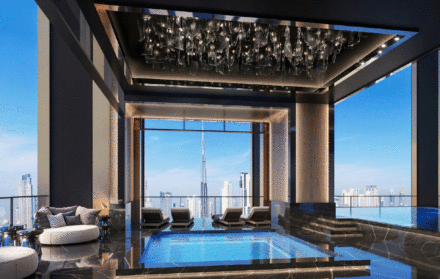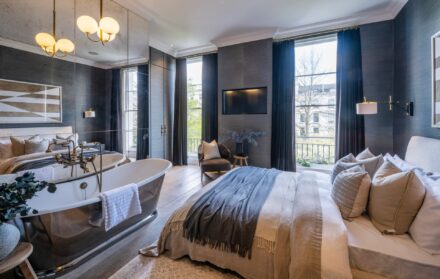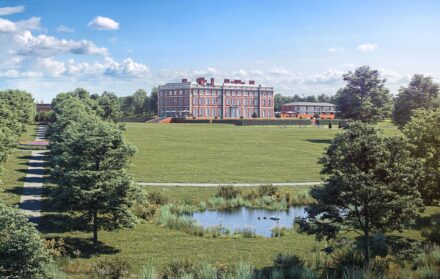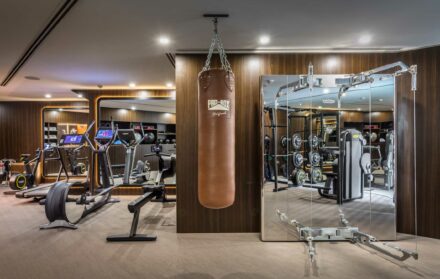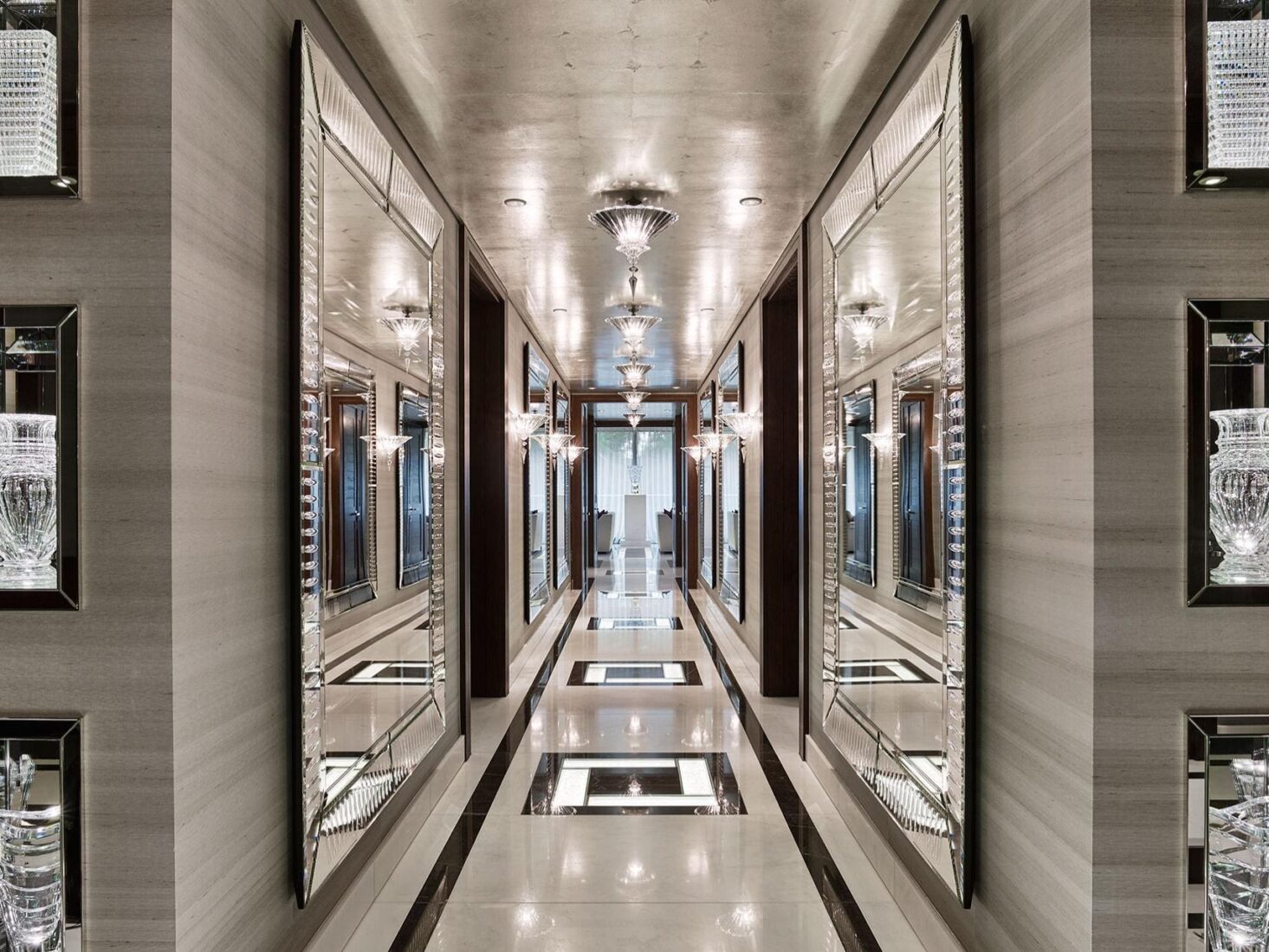
Meet The Designers Behind London’s Most Extravagant Homes
What would you expect to find behind the doors of a premium London property? Perhaps a hallway decorated with Lalique panelled flooring, a wall of mirrored castings to house your collection of Baccarat vases, or an
It was Knightsbridge-based luxury interior design practice Taylor Howes, for instance, which was given the task of crafting the aquarium (no, I wasn’t joking) for a client’s family home in Chelsea. It was built next to the existing basement pool to house their son’s school of miniature sharks.

With many more exceptional projects under the company’s belt – including a cooler room dedicated to a client’s fur collection and a marble-floored swimming pool which transforms into a dance floor – I’m interested to learn if there’s anything that the designers at Taylor Howes won’t do. “We are lucky in that most of our clients do have their feet on the ground when it comes to requests, but there is a big requirement at the moment for different ways of keeping fit and healthy, so things like golf simulators are high up on the wish lists,” says founder Karen Howes.
While building a mini aquarium in someone’s basement may be no biggie, the idea of creating an alternative climate in a residential home is something I would never have deemed possible – until now, that is. Notting-Hill based Wolff Architects took on the challenge in 2012, crafting an ice room as part of a spa inside a Hampstead home. “Our clients explored every single spa that was available, not only in Britain but around the world, and decided to kit out their own with whatever features they thought would be smart to have,” recalls founder and architect David Wolff, who was in charge for building the spa as part of a 27,000 sq ft new build. “The ice room came up as one of them. It was like making ice in a refrigerator, but in a room rather than in a machine.”
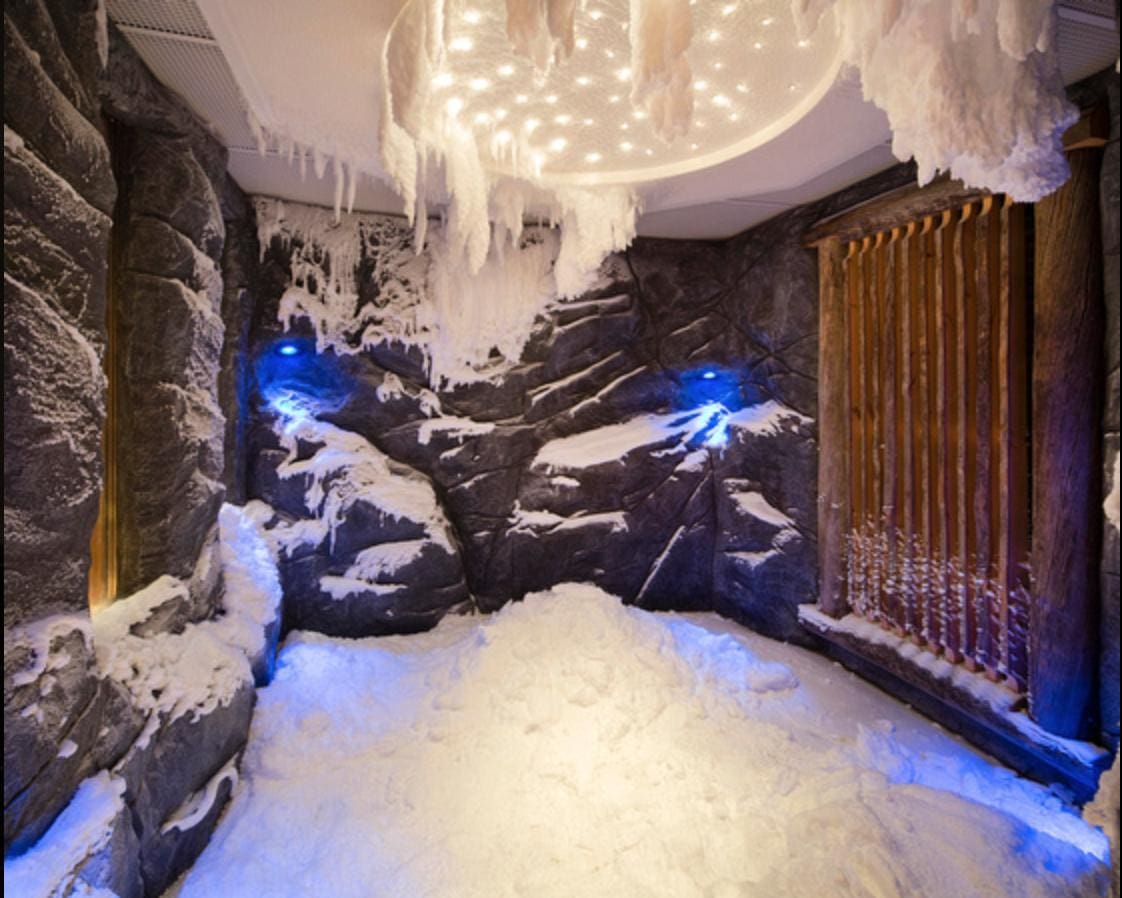
However, since the Westminster mega-basement restrictions were introduced back in 2015, there has been a change in the ways in which the capital’s residents are spending money on interiors. In a crowded city like London, the best way to increase your home’s space was initially to go underground, but the restrictions have made planning permission much harder to obtain. “The restrictions now are so complicated that a lot of clients simply cannot face the costs and the time it takes to extend,” explains Howes.
Wolff, who as an architect has experience in building basement extensions, agrees. “Space is limited because there’s now a restriction on the depths of your basements, so in fact you can’t put as many facilities in. I think the things we’re doing are probably going to be reduced rather than increased, depending where their house is located.”
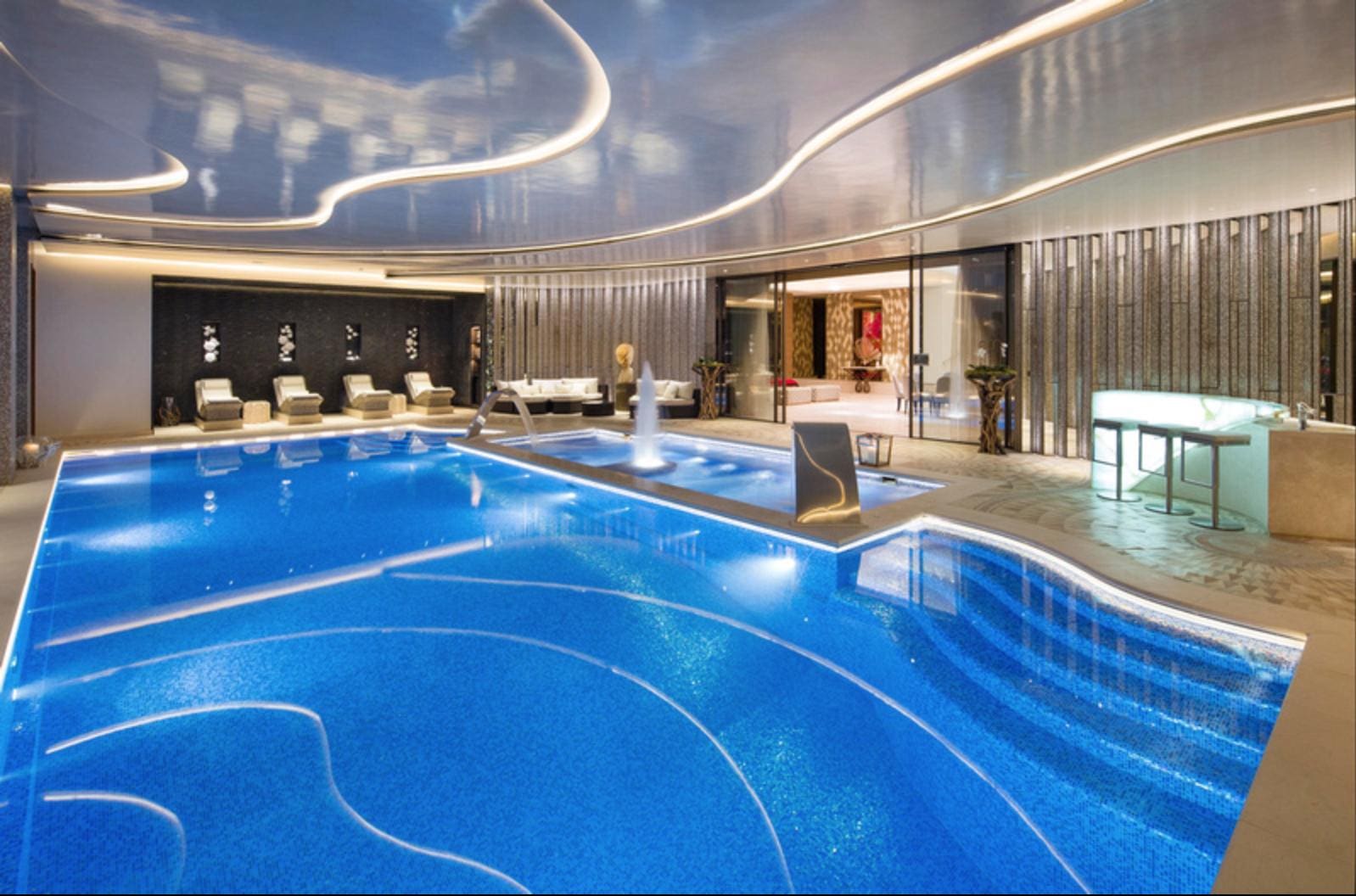
One thing that’s clear about luxury interiors in London is that if extravagance doesn’t come in the form of size, it comes in diamonds and pearls. “I think we are always influenced by fashion and jewellery just as fashion and jewellery designers are influenced by interiors,” says Howes. However, Helen Chislett, who owns art advisory company London Connoisseur and acts as an intermediary between clients, artists, architects and interior designers in London, believes that luxury today is not so much to do with large scale extravagance or following trends, but with client involvement and one-off bespoke designs.
“Maximalism started off as a kind of rebound from taupe and beige, but I would say it’s becoming more about having lavish pieces within the home.” And although it’s clear that glitz and glamour will probably always have a market, Chislett believes that this trend is becoming dated. “It’s no longer about the bling of ubiquitous brands – I see that as people not totally understanding what luxury is all about now,” she explains. “In my opinion, luxury nowadays tends to be much more to do with the amount of time that somebody has spent making something for you and the personal nature of it, of actually going to the studios and having conversations. It is about the time, mastery, care and love that goes into a truly bespoke piece.”
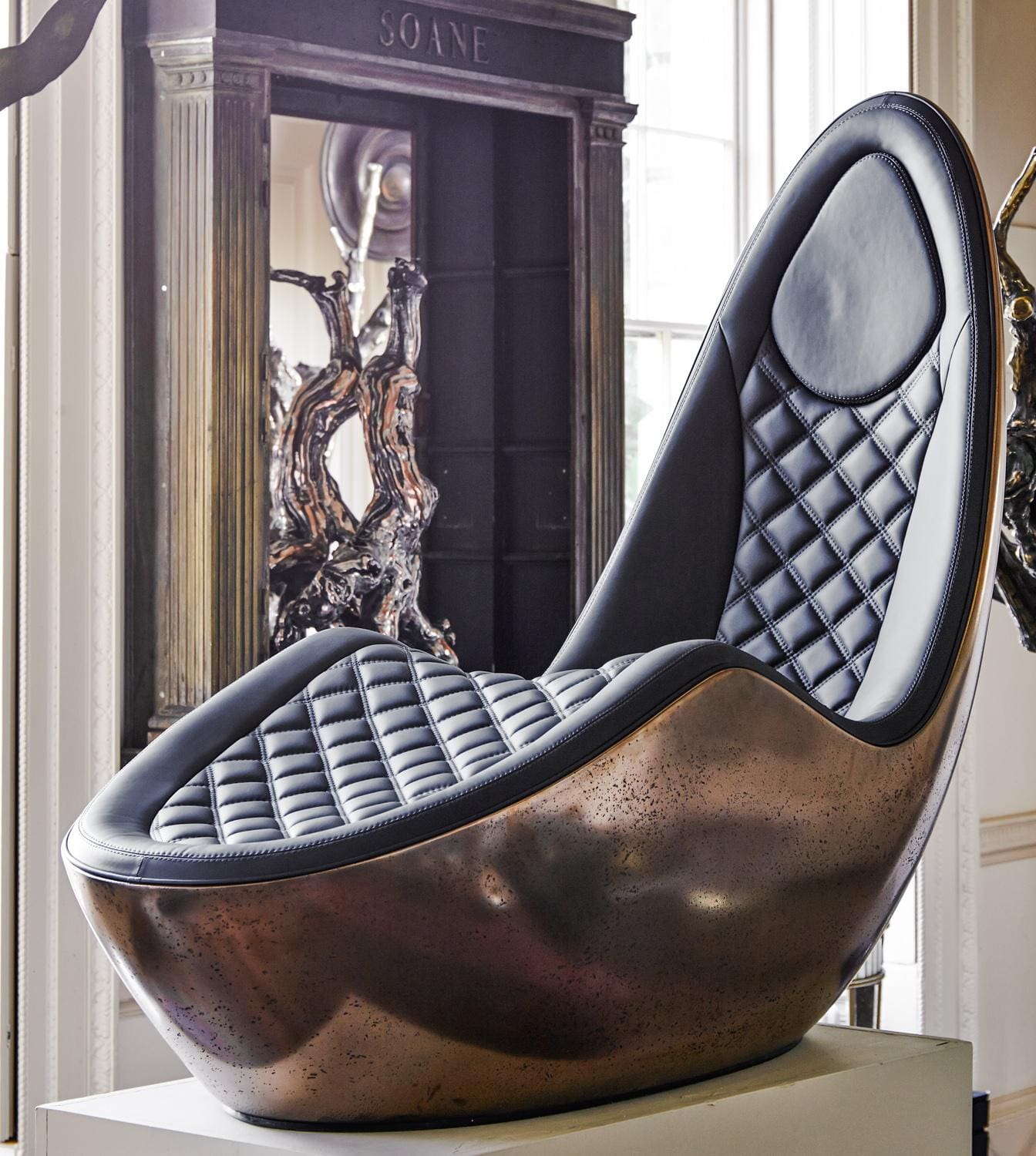
A prime example of this is a Hyde Park residence designed by Chelsea-based Elicyon, for which the client requested to have Baccarat and Lalique features fitted. “The Lalique crystal panels were exceptional. Not only had they never been used before as a floor detail, but the design process was truly unique. A motif of birds and grapes was backlit and inset into the marble floor, creating a breathtaking effect,” recalls Charu Gandhi, director of Elicyon. “The spectacular stag-head chandelier in the dining room, which is part of the Philippe Starck collection for Baccarat, is a memorable piece for us. We developed the glass colour alongside the specialist team in Murano. It is the only piece of its kind in the world.”
Another interesting trend emerging is art-inspired technology; in other words, products that combine artistic design with electronic devices, which have become an integral part of people’s everyday lives. Last year saw Maurizio Pellizzoni collaborate with electronics specialist Bang & Olufsen to create an exclusive design for the Beoplay A9 music system, blurring the line between art and technology. Chislett recalls commissioning a bespoke television screen for a client which followed a similar concept.
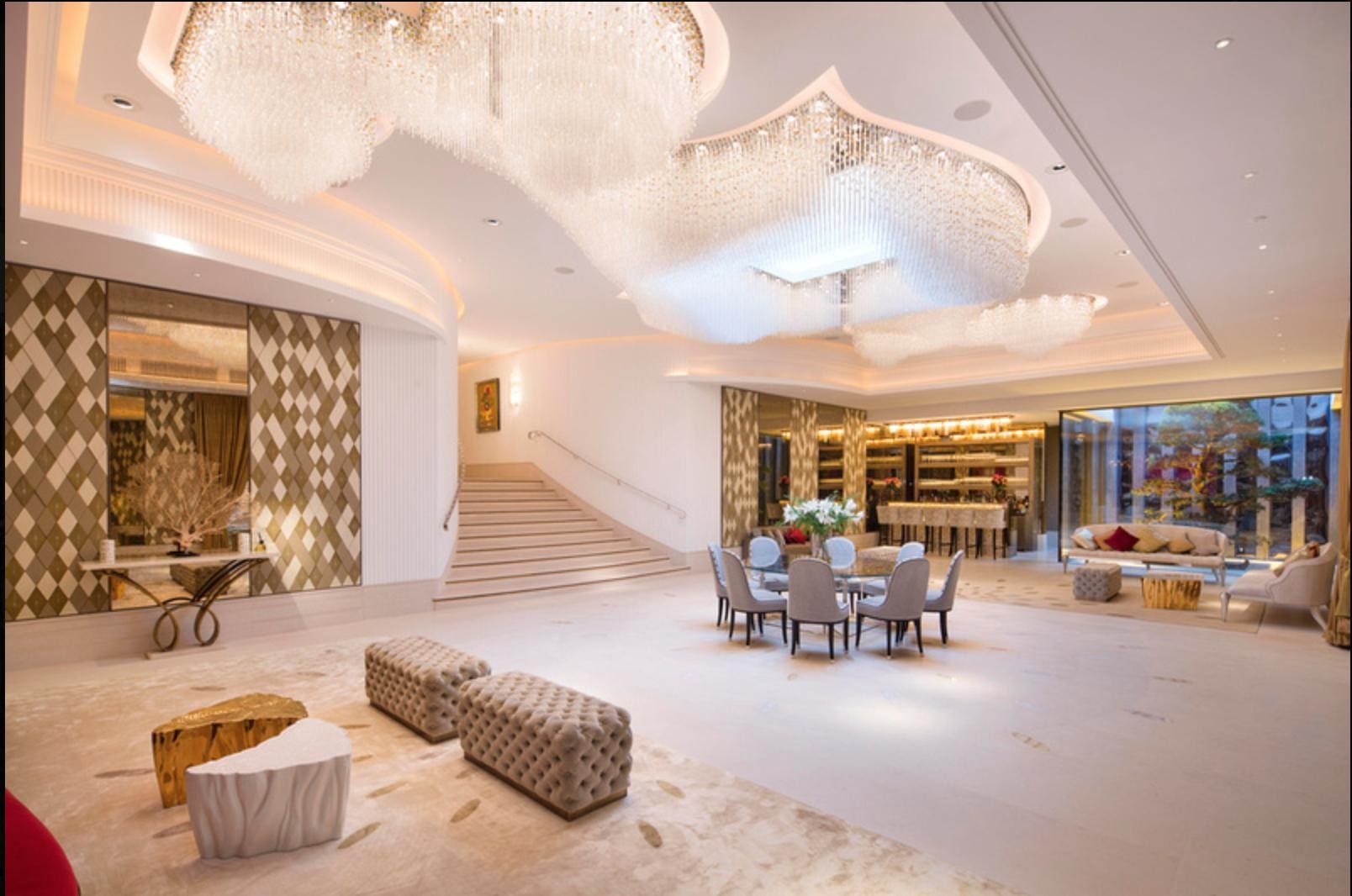
“The client wanted to make their huge TV more like an artwork, and so we created an effect which would depict a moon over water with reeds in the foreground. It was lacquered and then gilded to achieve an ancient Japanese-style finish. It took two artists to complete, which wouldn’t usually happen, but both had interesting ideas about what they wanted to do and the client liked both. Luckily, they didn’t mind working together,” she says. “It is a truly beautiful piece. It’s almost like having the most stunning handmade mural on the wall, which is being used to cover a lot of unsightly technology at the same time.”
For Chislett, it’s not just art and craftsmanship that are changing the face of luxury interior design. “The whole idea of maximalism is being challenged. People with money are getting younger and more concerned with how they are spending it, and therefore we’re witnessing a push-back against that fashion influence of a trend,” she points out. “People don’t want things in such a prescribed way anymore. They’re worrying about what they should be buying, and they want to know where things are sourced from. I’m quite heartened by that.”
